How to Enhance Your App UX & Design With Micro Interactions
When you think about your favorite apps or websites, how many of them involve animation at the touch of a button? Those small movements are known as mobile app micro interactions and animations. In this article, our UX design experts are going to take a deep dive into different micro animation examples and the best practices for utilizing these attention-grabbing elements to boost mobile UX and user engagement.
First, let’s go over the basics of UX animation.
What is Micro Animation?
Micro animations are intricate reactions and events triggered by a specific user interaction on a website or mobile app. These design elements typically indicate a task is in progress or completed while creating an enjoyable mobile app user experience.
How Do Micro Interactions Help a Mobile App’s User Experience?
These micro interactions and events are meant to engage the user in the task they are completing. Small animated details help guide users through their tasks, telling them when they've completed an action and gently suggesting next steps. They also add excitement and flair to an ordinary task, making users more connected to your brand and encouraging them to keep using your app.
Think of these micro animation examples as a cause-and-effect occurrence. When a user clicks on or hovers over a specific element, the app is programmed to produce an exciting response that gives the user feedback. These can let the user know something is happening, encourage engagement throughout the app, signal a successful action or just make it easier and more enjoyable to use.
When UX research analysts are looking to set up micro interactions, they need to consider the standard psychology and mobile UX best practices. Thinking about user expectations will help you prepare users for a change in settings, guide them through a process, reward them for favorable actions and more. Utilizing mobile app micro animations in the correct way will help your brand stand out among the rest of the competition.
Now that we’ve covered some of the basics, we’ll showcase a few micro animation examples and explain how these small design elements should be well thought out to provide the best mobile app user experience.
6 Types of Mobile App Micro Interactions
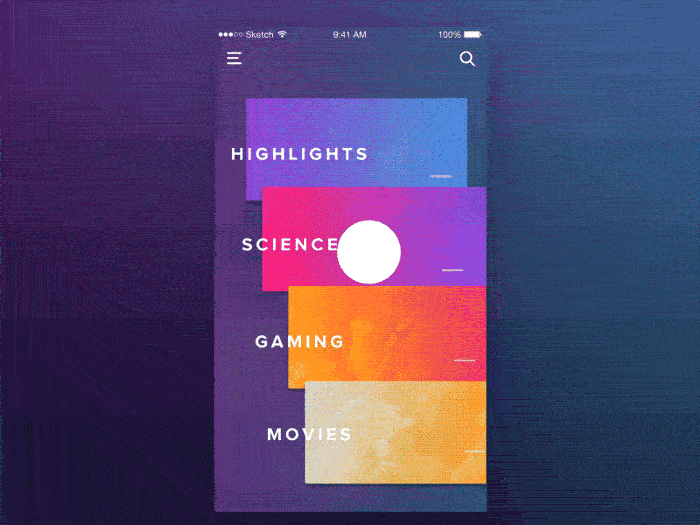
This sample uses many app UX best practices, like swiping to scroll and control your experience, the subtle guide at the top to help you retrace your path, as well as color coordination to tie everything together. We like the unique layout and how it gets creative to show the most prominent information.
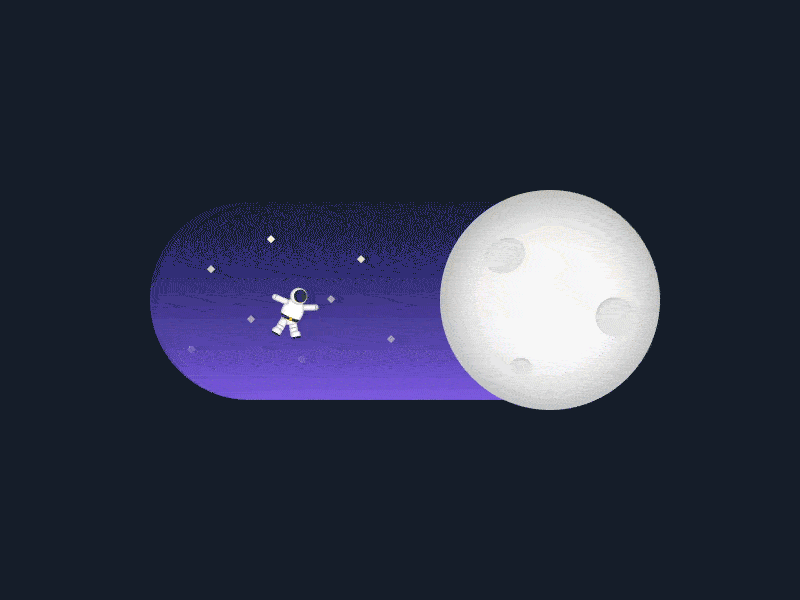
This micro animation is an effective visual indicator of what this toggle button does, as it indicates a switch from light mode to dark mode. People understand visual cues more easily than written ones, so by making the toggle a visual cue, people can quickly understand its purpose while controlling their mobile app user experience. We’ve noticed dark mode is a growing web design trend, so we expect to see more of these clever “day and night” type micro animations. We recommend trying to find a way to tie it back to your brand or industry if possible.
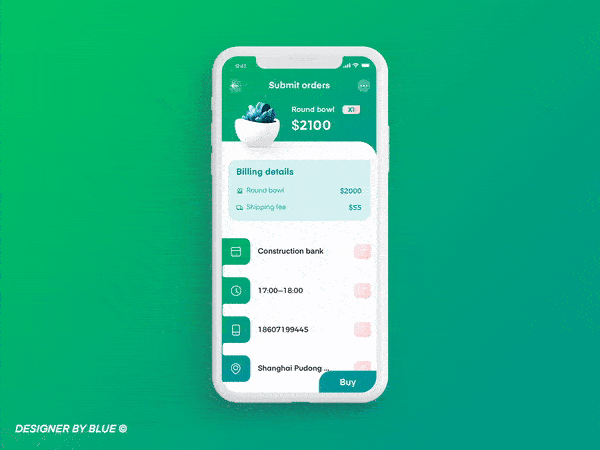
Apps are great for making quick and easy purchases, but that doesn’t mean you should ignore the mobile app user experience. Get users talking about your app by adding some flair and real-life animation, like this example did for their ordering and delivery process.

This micro animation example also used the checkout experience to get more creative. Once you’ve completed your shopping, a small delivery truck appears to load up your package and drives away, letting customers know the order they placed is on it’s way!

The act of a loading animation may have been one of the first types of micro interaction on apps or websites. Loading animations are important to let users know that something is happening in the background. Without the animation to keep their interest, users can get bored or distracted, or worse, think there is a problem because nothing visibly happened when they clicked the button. Now, there are so many ways to make this process more exciting, so get creative with this mobile app micro interaction and think about how you can incorporate something exciting that fits your brand.

Another micro animation example that follows app UX best practices is voice search. Most devices that allow you to record your voice or music will show animated waves to show it is picking up the sound and processing it.

The goal of a mobile app is to help make your business easily accessible to users, and it should be simple for them to complete a desired task on your app. Once they do, why not make them feel a little better about a purchase or submission by celebrating them?
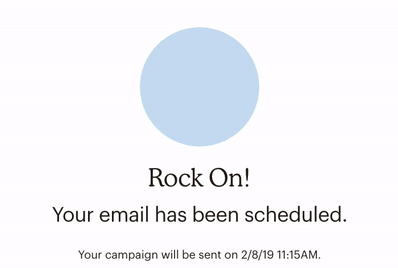
Mailchimp provides a great example of using a micro animation to celebrate a user’s accomplishment. Each time you schedule out your latest and greatest newsletter, they confirm that your email is scheduled and say, “Rock On!”
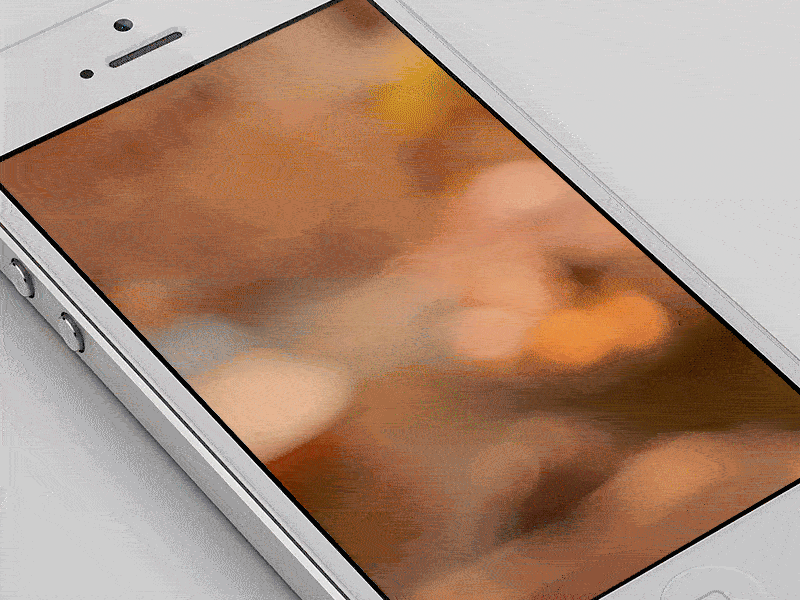
Some apps use various forms of gamification, or the use of elements you’d typically see when playing games into other online experiences, to engage users. Gamification can be achieved with polls, scores, questions, levels, badges and more to encourage the user to interact with others or feel accomplished. Adding micro animations to these fun experiences only adds to the exciting effect of completing a given task.
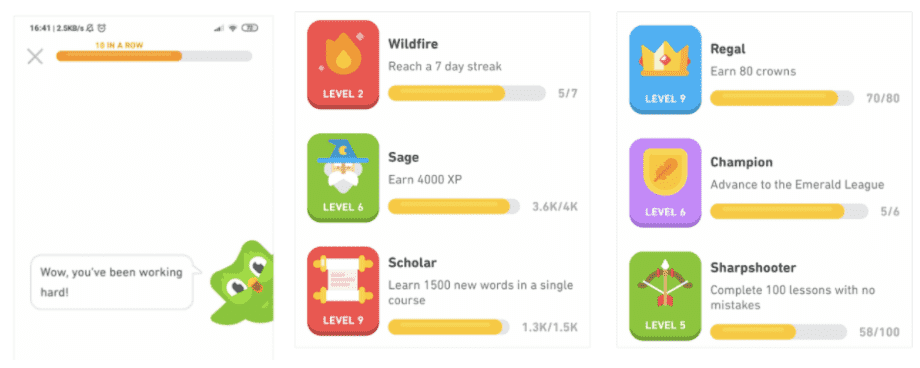
Duolingo has a great micro animation example that uses gamification best practices. Their mascot cheers users on while reminding them of their status at the top of the app. The badges and different levels users can earn and complete also adds to the game-like mobile app experience.

A new example of micro interactions is also known as micro copy. People like to be talked to like they’re, well, people instead of having to read formal jargon or scripts. This example kept things pretty professional, but the use of emojis really adds a little humanization to this micro interaction.
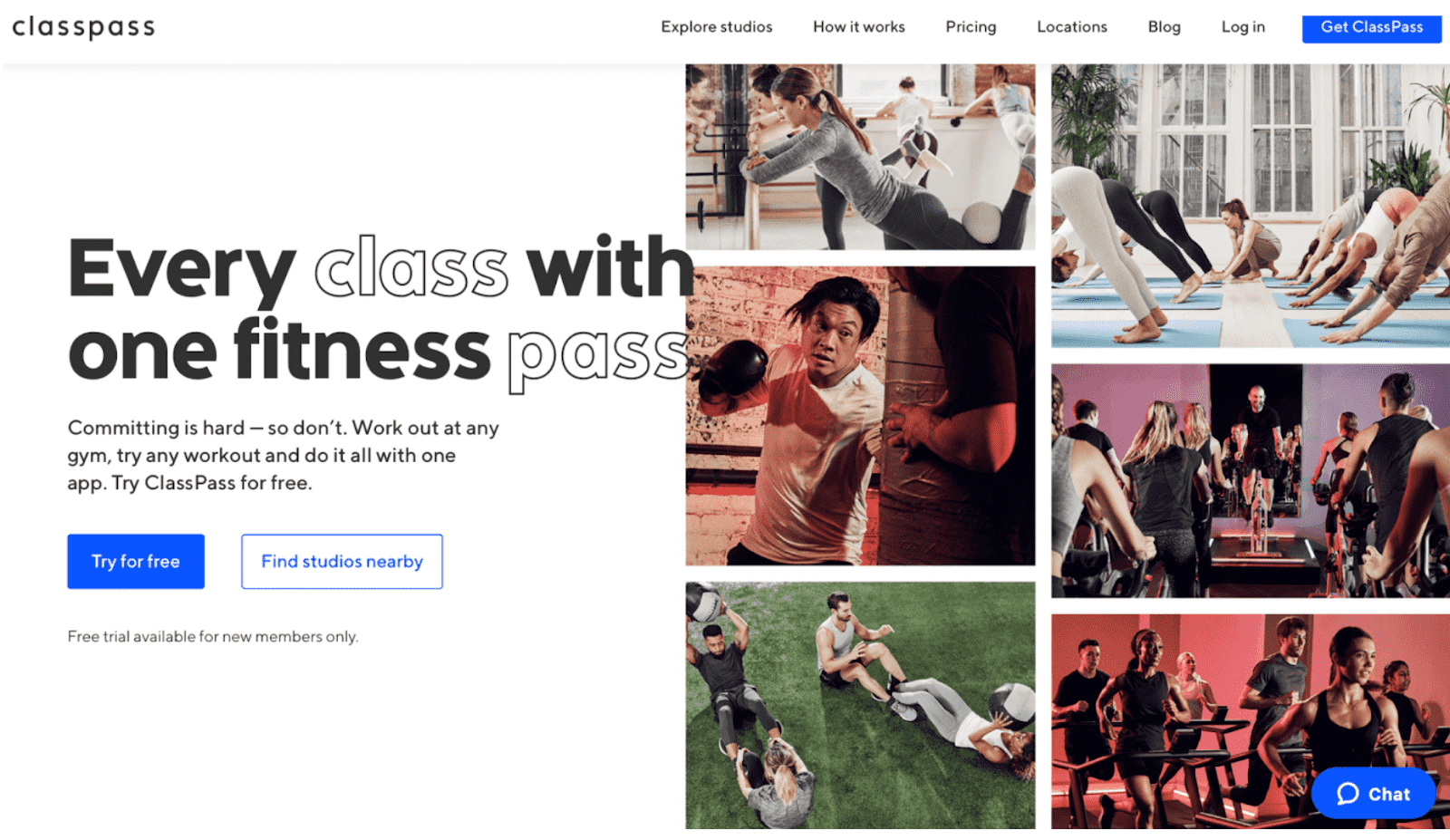
Taking the extra time to customize the verbiage on your app to reflect the voice and attitude of your brand helps you stand out! The key is to know your audience and be consistent - usually, a little sass or personality goes a long way to boost the mobile app user experience.
Keep App UX Best Practices in Mind When Planning Micro Animations
- Don’t let a micro animation distract the user. Remember, the main goal of an app is to help your business earn more conversions or take designated actions. You don’t want to plan an exciting interaction that will side track the visitor from what they’re supposed to be doing on the app.
- Keep it clean and simple. Oftentimes, less is more when creating a mobile app or responsive design. Giving your users straightforward next steps or clear indicators of an action to complete will get the message across more than a cluttered design or excessive animation.
- Mimic real movements for a natural flow. There are certain expectations users have when they interact with apps. Swiping, scrolling, expanding and other common actions should follow their anticipated reactions. We recommend that your micro animations follow app UX best practices so you’re not shocking the end user.
- Ask yourself, will this add to the mobile app user experience? Planning micro interactions in an app can be thrilling, but make sure you’re not going overboard and putting them in for the sake of having more animation. Each mobile app micro interaction should serve a purpose. If the answer to this question is no, it is probably best not to include the triggered animation.
Create an Experience That Will Impress Your Users With Help From Blue Compass
Our web design and development agency has produced award winning designs that have proven to encourage action and boost conversions. Our design team, UX research consultants and mobile app developers work together to create a plan that entices your user. Your customers will have a positive experience with your brand while easily being able to take designated actions online, helping your business reach their goals. Find out more about our web design and development process, and get in touch with Blue Compass today!
Mallory Suntken
Mallory double majored, earning her B.S. in Marketing and Management from Iowa State University. She writes SEO-focused content pieces, creates effective digital marketing campaigns and executes social media and SEO campaigns to drive traffic back to clients' websites. Mallory is always eager to learn more about the latest trends in SEO and all things digital marketing and loves taking on new challenges. She has been featured in several blogs for her social media and content marketing expertise.